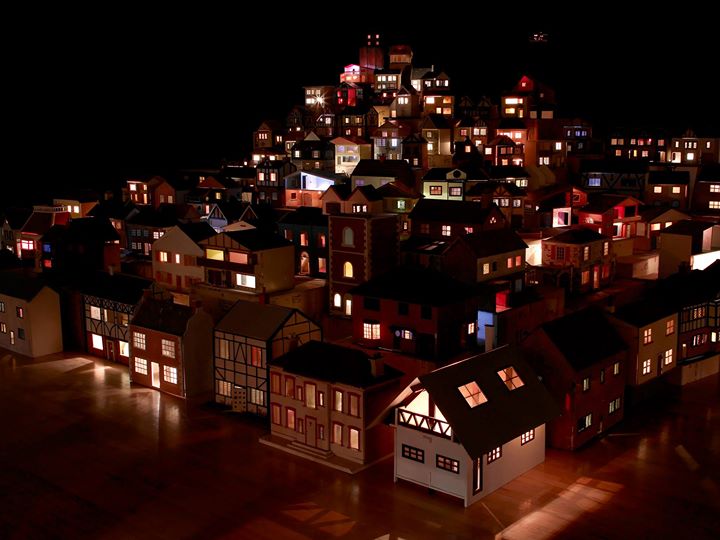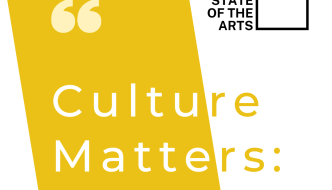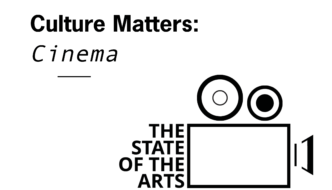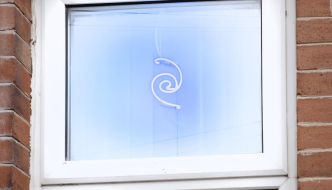Exhibition review: Full Scale @ Manchester’s Holden Gallery
August 24, 2016

Photo Credit: Rachel Whiteread, Untitled (2008)
The latest instalment within The Holden Gallery’s ambitious new programme of exhibitions, Full Scale aims to transform the main space of the gallery with four large works from Martin Boyce, Peter Doig, Marine Hugonnier, and Rachel Whiteread.
The artworks have all been selected from the back-catalogue of exhibitors in the Billboard for Edinburgh public art project (2008 – 2016) at Ingleby Gallery. Now a regular fixture in the Edinburgh gallery’s calendar, the project was conceived in response to a notion accredited to Ian Hamilton Finlay; that the best ideas could be realised in any scale or context, including a billboard at the back of a train station.
To date nearly 30 artists have been commissioned to respond to the project, and in 2014 Ingleby Gallery recreated five of these artworks and resituated them inside the gallery space, enabling visitors to see the artwork up close for the first time. The Holden Gallery has taken up the mantle of this idea, selecting further artworks to revisit and install in their interior space for the Full Scale exhibition.
The exhibition text declares that the largeness of the work completely dominates the viewer but the reality is that these billboards are far from monstrously large, and the high ceilings of the Victorian building further serve to dwarf them. None-the-less, there is an awkwardness to their scale which reminds us that they were originally intended as exterior pieces, brought in from the outside and forced into a relationship with the gallery walls. Like warm winter coats worn indoors, they feel a little uncomfortable.
The decision taken by the curators at Ingleby Gallery to reimagine the public art project as a gallery exhibition is an interesting one which appears to raise questions around the purpose of public art and its assumed existence outside of the gallery system. Whilst this move was perhaps a means of testing and playing with these images as an extension of Ian Hamilton Finlay’s principle idea, my suspicion is that he, who is best known for his outdoor interventions and sculpture gardens, was seeking to advocate for a movement away from the dominance of the traditional gallery space instead.
The four selected images displayed in Full Scale – from Boyce’s Projectile Sun (2014), an abstract photograph the artist took of light and shadow on an airplane flight, to Hugonnier’s The sky the night we walked on the moon (2013), an almost entirely black photograph purchased from a Parisian flea-market – all feel visually subtle and understated. These billboards are a far cry from loud road-side adverts, and the collective effect is one of a slightly oppressive quietness.
Alongside this, two film works are also exhibited including Broadway by Light (1958), William Klein’s first film and a mesmerising journey through New York’s Great White Way. The film stands in contrast to the muted works in the main gallery – as harsh, bright advertising signs flash, light and colour leaping from the screen.
Broadway by Light was declared by Orson Welles to be ‘the first film I’ve seen in which colour was absolutely necessary’, the dazzling imagery counterbalanced beautifully by a cinematic soundtrack that holds the viewer in a constant state of unresolved suspense. As the camera zooms through the glowing bulbs in Times Square, it’s conceivable that the film links back to the exhibition theme of ‘scale’ in the sheer magnitude of the visual display. Dizzying infinity.
The exhibition also shows part of Utopia Station, which was commissioned for the Venice Biennale in 2003. Displayed here on a looped TV display and in a printed book in the gallery space, the Utopia Station Poster Project includes over 140 designs by artists invited to respond to the concept of Utopia as part of the larger biennale installation curated by Molly Nesbit, Hans-Ulrich Obrist, and Rirkrit Tiravanija. The full installation in Venice was envisioned as a space for reflective conversation, and included structures, models, paintings, objects and other projects to stimulate discussion and catalyse forward thinking. The installation was an invitation for meaningful participation, and a significant moment within the growing Relational Aesthetics movement which was gaining momentum in the early 2000s. The posters displayed here range from surreal and sinister to funny and perplexing, reflecting the mixed ideologies around the Utopian idea. My impression was that the inclusion of this display seemed slightly out of sync with the curatorial logic of Full Scale, although underlying messages around the language of advertising that are echoed in the other works do resurface through the posters.
Whilst the exhibition failed to overwhelm me in the way that I had hoped, there was plenty that was enjoyable and thought-provoking. In particular, a visit is recommended to experience Broadway by Light before it returns to the archive in London.
Full Scale runs until 26th August.
Filed under: Art & Photography, Film, TV & Tech
Tagged with: billboards, exhibition, exhibition review, film, Full Scale, Holden Gallery, manchester, manchester school of art, Marine Hugonnier, Martin Boyce, peter doig, Rachel Whiteread



Comments